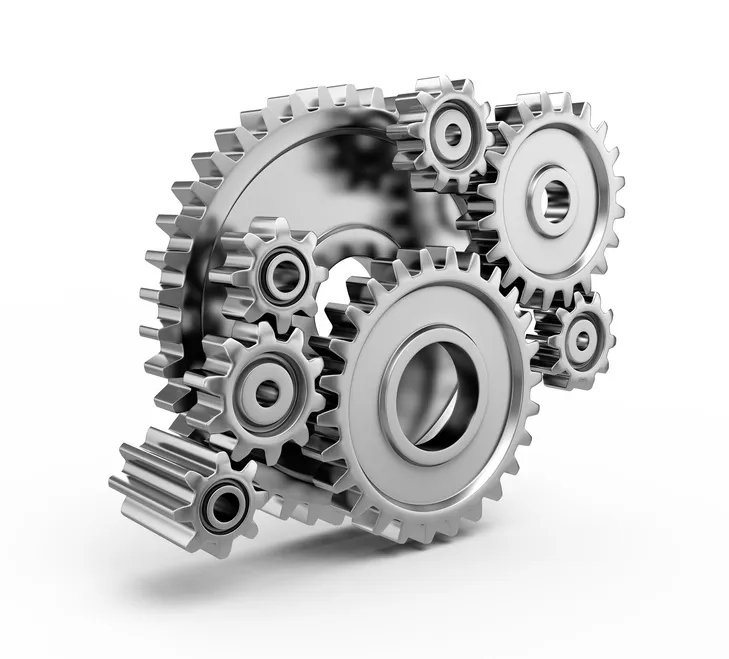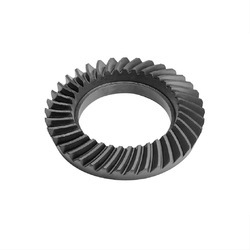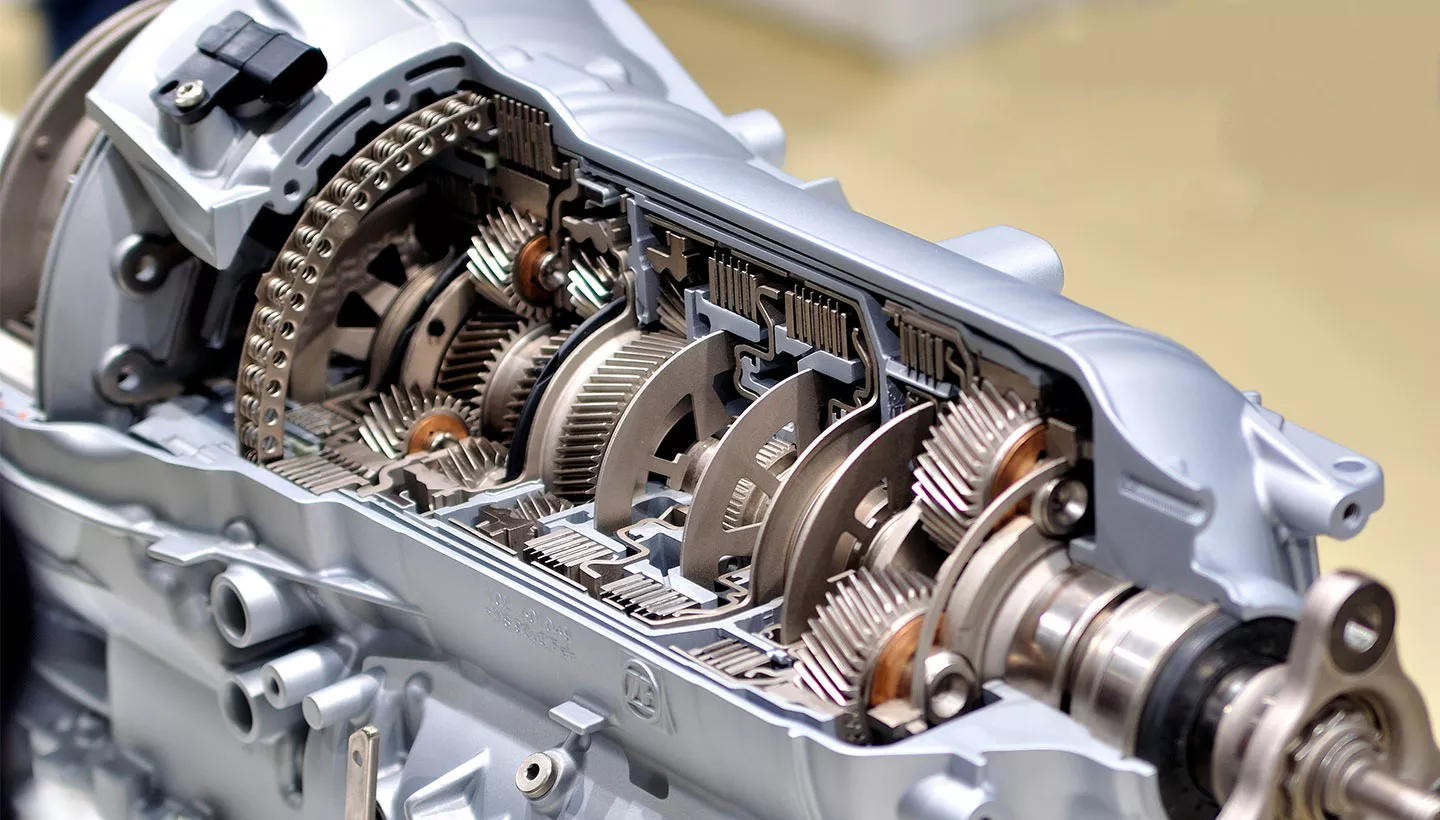Product Description
1.VVT Variable Valve Timing Gear
2.
| Warranty Info: | 2 Years after BL | Delivery time: | 30 days |
| Manufacturer Part Number: | R01-VVT-012 | Packaging: | Colour box |
| Interchange Part Number: | 130500V571 130500V011 1305036571 1305036011 VVT528 CSP1018 |
MOQ | 10PCS |
| Country/Region of Manufacture: | China |
3. Features:
High quality raw material
Engineered for long life and superior performance
Meet or exceed OEM specifications
Designed for quiet operation
4. Advantages:
Master Brand publicity material subvention
Best quality, leading factory, National High-tech Enterprise
Best service provided all the time
Self molding plant
5. Delivery:
Quick delivery in 30 days
Packed in colour outer box.
HangZhou or ZheJiang Port, China
6. Certification IATF16949
7. About our Factory
Our existing plant covers an area of more than 25,000 square meters, (the new plant of 46,000 square CZPT is expected to be completed in May 2571). We have more than 400 employees, including more than 40 technical R&D personnel and more than 30 quality inspection personnel. Our company has successively introduced
3 fully automatic pump assembly lines;
2 automatic test benches;
3 fully automatic armature production lines;
1 central plastic feeding system,
and robotic operations to archieve intelligent manufacturing.
Our brand is sold to Europe, America, Middle East, Southeast Asia, and Africa.
| Car Make: | Toyota |
|---|---|
| Engine Type: | 2.0t |
| Car Model: | Camry |
| Classification: | Adjustable Air Inlet |
| Material: | Steel |
| Placement: | Near the Automobile Front Grille |
| Samples: |
US$ 50/Piece
1 Piece(Min.Order) | |
|---|
| Customization: |
Available
| Customized Request |
|---|

How do modern vehicles use electronic controls to optimize gear shifts?
Modern vehicles utilize electronic controls to optimize gear shifts and enhance the overall performance and efficiency of the transmission system. Here’s a detailed explanation:
1. Transmission Control Module (TCM):
Modern vehicles are equipped with a Transmission Control Module (TCM), which is a dedicated electronic control unit responsible for managing the operation of the transmission system. The TCM receives input from various sensors throughout the vehicle to monitor parameters such as vehicle speed, engine load, throttle position, and driver input.
2. Adaptive Transmission Systems:
Many modern vehicles employ adaptive transmission systems that continuously analyze the driving conditions and adjust the gear shifts accordingly. These systems use complex algorithms and sensor data to optimize gear selection based on factors such as throttle input, road gradient, vehicle speed, and load conditions.
3. Shift Mapping:
Electronic controls allow manufacturers to program specific shift maps or algorithms that determine the timing and characteristics of gear shifts. These shift maps take into account various factors such as engine RPM, vehicle speed, and driver demand. By customizing the shift mapping, manufacturers can optimize gear shifts for different driving scenarios, such as economy, sporty driving, or towing.
4. Shift-by-Wire Technology:
Shift-by-wire technology is increasingly being used in modern vehicles, especially those with automatic transmissions. In this system, the gear selection is electronically controlled rather than mechanically linked to the gear lever. It allows for more precise and responsive gear shifts, as well as additional features such as paddle shifters or manual shift modes.
5. Dual-Clutch Transmissions (DCT):
Dual-Clutch Transmissions (DCT) are becoming popular in modern vehicles due to their ability to provide quick and seamless gear shifts. DCTs use electronically controlled clutches to preselect gears, allowing for almost instantaneous shifts without interrupting power delivery. Electronic controls play a crucial role in managing the precise timing and coordination of clutch engagement and gear changes in DCTs.
6. Continuously Variable Transmissions (CVT):
Continuously Variable Transmissions (CVT) rely heavily on electronic controls to optimize gear ratios for maximum fuel efficiency and performance. CVTs use a system of pulleys and belts or chains to provide an infinite number of gear ratios. The TCM continuously adjusts the pulley positions based on sensor inputs to maintain the most suitable gear ratio for the driving conditions.
7. Over-the-Air Updates:
With the advancement of connected car technology, some modern vehicles can receive over-the-air updates to their electronic control systems. These updates can include refinements to the shift algorithms, allowing manufacturers to improve the performance, efficiency, and responsiveness of the transmission system even after the vehicle has been purchased.
Overall, electronic controls have revolutionized the way gear shifts are optimized in modern vehicles. By utilizing advanced sensors, algorithms, and electronic control units, manufacturers can deliver smoother, more efficient, and responsive gear shifts tailored to various driving conditions and preferences.

What is the purpose of a differential gear in an automobile?
A differential gear in an automobile serves several important purposes. Here’s a detailed explanation:
1. Differential Action:
The primary purpose of a differential gear is to allow the wheels of an automobile to rotate at different speeds while receiving power from the engine. This is necessary when the vehicle is taking a turn, as the wheels on the outer side of the turn need to cover a greater distance and rotate faster than the wheels on the inner side.
2. Smooth Cornering:
By enabling the wheels to rotate at different speeds during a turn, the differential allows for smooth and controlled cornering. It prevents the tires from scrubbing and dragging along the road surface, which could lead to excessive tire wear and poor handling. Instead, the differential ensures that each wheel can rotate freely at the appropriate speed, maintaining traction and stability.
3. Power Distribution:
The differential also plays a crucial role in distributing power from the engine to the wheels. In a rear-wheel-drive vehicle, the differential is located on the rear axle, and it splits the engine torque between the two rear wheels. In a front-wheel-drive vehicle, the differential is integrated into the transaxle, transferring power to the front wheels.
4. Traction Enhancement:
Another function of the differential is to improve traction. When one wheel encounters a low-traction surface, such as ice or gravel, the differential allows power to be redirected to the wheel with better grip. This helps maintain traction and prevents wheel spin, allowing the vehicle to move forward more effectively in challenging driving conditions.
5. Compensation for Uneven Surfaces:
When driving on uneven surfaces, such as rough terrain or potholes, each wheel may experience different levels of vertical movement. The differential gear compensates for these variations in wheel movement, allowing the wheels to maintain contact with the ground and providing a smoother ride.
6. Reduction of Stress and Wear:
The differential helps reduce stress and wear on drivetrain components. By allowing the wheels to rotate at different speeds, it helps distribute the load evenly across the drivetrain, minimizing strain on components such as axles, driveshafts, and gears.
In summary, the differential gear in an automobile enables smooth cornering, power distribution, traction enhancement, compensation for uneven surfaces, and reduction of stress and wear on drivetrain components. It plays a vital role in ensuring optimal performance, handling, and stability of the vehicle.

What are the main functions of the gearbox in a car?
The gearbox, also known as the transmission, performs several important functions in a car. Here’s a detailed explanation:
1. Gear Ratio Selection: One of the primary functions of the gearbox is to provide different gear ratios between the engine and the wheels. By selecting the appropriate gear ratio, the gearbox allows the engine to operate efficiently across a range of speeds and load conditions. Lower gears provide higher torque for starting and climbing hills, while higher gears allow for higher speeds and improved fuel efficiency.
2. Power Transmission: The gearbox is responsible for transmitting power from the engine to the wheels. It takes the rotational power generated by the engine and delivers it to the wheels in a controlled manner. The gearbox ensures that the power is transferred smoothly and efficiently, allowing the vehicle to accelerate, maintain speed, and overcome resistance.
3. Gear Engagement and Disengagement: The gearbox enables the driver to engage or disengage different gears to change the gear ratio. This is typically done using a gearshift mechanism, such as a manual gearshift lever or paddle shifters in automatic transmissions. Gear engagement and disengagement allow the driver to adapt to varying driving conditions, such as starting from a standstill, overtaking, or driving uphill.
4. Gear Synchronization: In manual transmissions, the gearbox incorporates a mechanism called a synchromesh system. This system synchronizes the rotational speeds of the gears before engagement, allowing for smooth gear shifts. It prevents grinding and damage to the gears by equalizing their speeds, ensuring a seamless transition between gears.
5. Reverse Gear: The gearbox provides a reverse gear, allowing the driver to maneuver the vehicle in the opposite direction. The reverse gear has a specific gear ratio that enables the vehicle to move backward safely. It is essential for parking, reversing out of parking spaces, and navigating tight spaces.
6. Neutral Position: The gearbox includes a neutral position that disengages the engine from the wheels. When in neutral, the gearbox allows the engine to run independently without transmitting power to the wheels. This is useful when the vehicle is stationary or when the engine needs to be started or idled without vehicle movement.
7. Mechanical Advantage: The gearbox provides a mechanical advantage by utilizing different gear ratios. It allows the engine to operate within its optimal power band while providing the necessary torque and speed output for various driving conditions. The mechanical advantage offered by the gearbox improves the overall performance and efficiency of the vehicle.
8. Safety Features: Modern gearboxes often incorporate safety features such as a park position (P) or a parking pawl. When engaged, the park position locks the transmission output shaft, preventing the vehicle from rolling unintentionally when parked. This adds an extra layer of safety when the vehicle is stationary.
Overall, the gearbox plays a crucial role in controlling the power, speed, and torque delivery from the engine to the wheels. It allows the driver to adapt to different road conditions, optimize engine performance, and ensure smooth and efficient operation of the vehicle.


editor by CX 2023-09-07